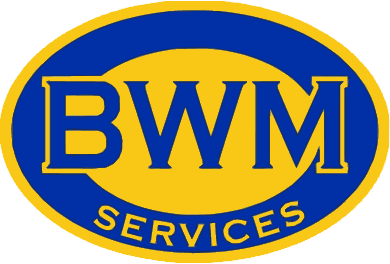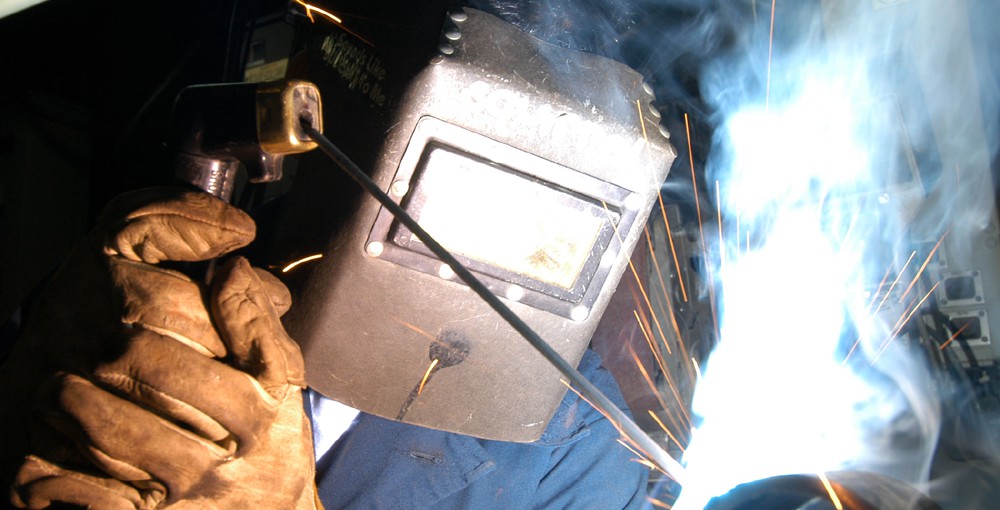Gas and Arc Welding Safety
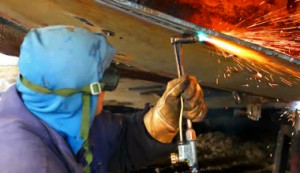
The first thing that should be considered when doing any part of a dangerous manufacturing based job is safety wear. Of course, this depends greatly on the type of welding that you are going to be doing, these types of welding go as follows.
Gas Welding
- Two metals are fused together by melting their adjoining surfaces. This is done by pointing a gas powered flame over the two metals until a puddle of molten metal is formed. This welder is powered by igniting a fuel type such as acetylene, or hydrogen.
Arc Welding
- Two metals are fused together by generating an electric arc by directing it at a covered metal electrode and the two metals you would like to fuse together. Intense heat is formed by the arc which melts the metals and mixes them together. The arc energy is powered by a power supply unit that outputs direct or alternating current. The electrodes then carry the current to form the arc, and a gas is produced around the arc to shield it from the atmosphere. When the arc strikes the coated electrode, high heat melts the top of the electrode, which the molten electrode enter the arc stream and are deposited on the base metal.
Eye and Face Protection
Now that that’s covered, we are now going to move onto eye and face protection. Proper eye and face protection for welding can vary on the particular welding job you are performing. In most applications it should be a pretty safe call to use a helmet, hand shield, goggles, and safety glasses or combination of these are acceptable for most jobs you are doing. Also, most filter lenses and plates must meet the test for transmission of radiant energy prescribed in ANSI/ISEA Practice for Occupational and Educational Eye and Face Protection.
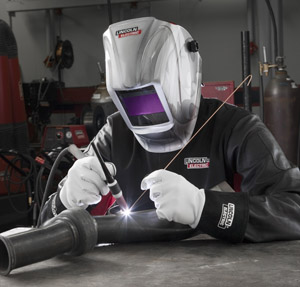
Welding helmets with filter plates are always required when welding, they are intended to protect users from arc rays and from weld sparks and splatters which will strike your helmet or mask occasionally. Now, although these masks may seem safe as can be, there are some things that they cannot prevent such as slag chops, grinding fragments, wire wheel bristles and similar hazards that can ricochet under the helmet. Spectacles or goggles with other appropriate eye protection must also be worn to protect against these impact hazards. OSHA regulations state that when arc cutting and arc welding with open arc, helmets or hand shields with filter lenses and cover plates shall be used by operators need to be used by nearby occupants and the welders themselves. Safety glasses with shade 2 lenses are recommended for general purpose protection for viewers. When resistance welding or brazing operators must use face shields, safety glasses or goggles, depending on the particular job, to protect their faces and eyes from welding hazards.
Appropriate Clothing for Welding
According to ANSI Z49. 1:2012 appropriate protecting clothing for any welding or cutting operation will vary. The clothing used shall provide sufficient coverage and be made of suitable materials to minimize skin burns caused by sparks, spatter or radiation. Covering all parts of the body is recommended to protect against ultraviolet and infrared ray flash burn. Dark clothing works the best to prevent reflection under the face shield, heavier materials such as wool clothing, heavy cotton or leather, are preferred as they resist deterioration of the materials. Clothing that melt can cause severe burn due to sparks that may lodge itself in pockets or rolled up sleeves.
Proper Ventilation
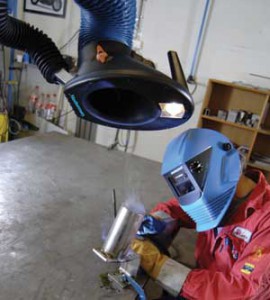
Along with proper clothing, proper ventilation is vital due to the harmful gases that welding can give off. Ventilation is the means of providing adequate breathing air for the persons welding or viewers in the room, and must be provided for all welding, cutting, brazing, and related jobs. Adequate ventilation depends on the following:
- Size of the space of where the operations occur
- Number and type of operations that are generating harmful substance
- Natural airflow rate in the room of operation
- Location of the welders and other workers breathing zones in relation to contaminants or sources of harmful vapor.
Proper ventilation can be achieved either naturally or mechanically.
Hopefully after reading this article you as a reader understand some of the crucial means in staying safe while welding on a job. It is vital to your health and others around you that you follow proper safety when operating these machines, after all safety is among our highest priority here at BWM Services.
